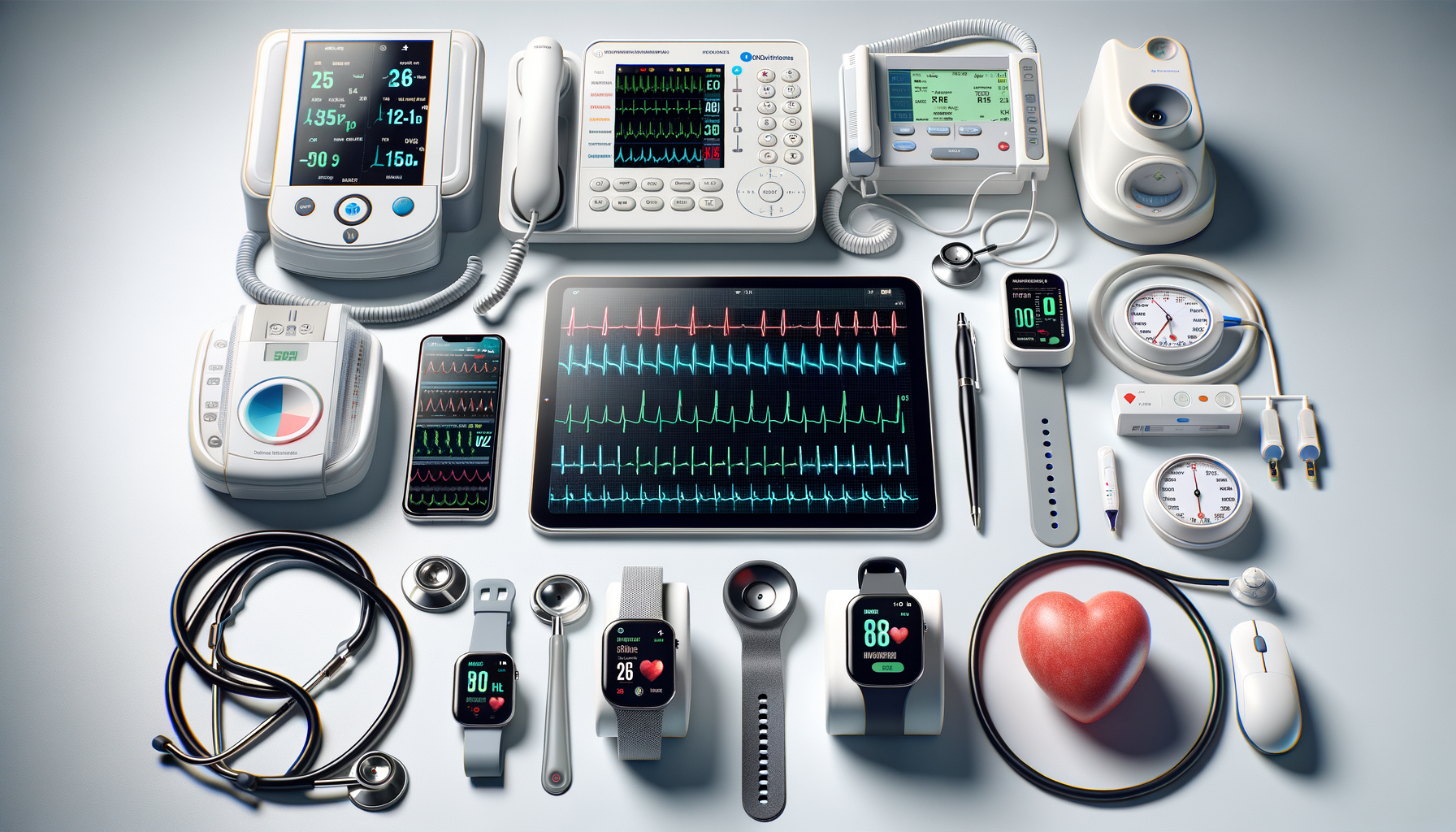What Can Help Monitor Atrial Fibrillation Long Term In Elderly Patients
Could there be a way to keep a closer eye on heart rhythms over an extended period for individuals in their later years? Understanding the potential of continuous monitoring for conditions like atrial fibrillation might offer valuable insights. Exploring different approaches could shed light on how this happens.

Understanding Atrial Fibrillation in the Elderly
Atrial fibrillation (AF) is a common heart rhythm disorder, particularly prevalent among the elderly. It involves an irregular and often rapid heartbeat, which can lead to various complications such as stroke, heart failure, and other heart-related issues. The importance of regular atrial fibrillation monitoring in elderly patients cannot be overstated, as early detection and management can significantly improve outcomes.
In the aging population, the risk of developing AF increases due to physiological changes in the heart and the presence of other chronic conditions. This makes continuous monitoring an essential component of healthcare for elderly individuals. The benefits of continuous atrial fibrillation monitoring in elderly patients include timely intervention, better management of symptoms, and a reduction in the risk of complications. By keeping a close eye on heart rhythms, healthcare providers can tailor treatments to the specific needs of each patient.
Technologies for Long-Term Monitoring
Advancements in technology have led to the development of various key technologies to monitor atrial fibrillation in elderly over time. These innovations provide valuable insights into the heart’s activity and allow for more effective management of the condition. Long term atrial fibrillation monitoring devices for elderly patients are designed to be user-friendly and provide accurate data over extended periods.
Some of the most promising technologies include wearable devices, implantable monitors, and mobile health applications. Wearable devices, such as smartwatches and fitness trackers, offer non-invasive monitoring and can alert users to potential AF episodes. Implantable monitors, on the other hand, provide continuous data collection and are particularly useful for patients with intermittent symptoms. Mobile health applications enable remote monitoring and facilitate communication between patients and healthcare providers.
These technologies not only enhance the ability to detect AF but also empower patients to take an active role in managing their health. By providing real-time feedback and insights, these devices help in making informed decisions about treatment and lifestyle adjustments.
Choosing the Right Monitoring Device
When it comes to selecting long term atrial fibrillation monitors for elderly patients, several factors need to be considered. The choice of device should be based on the individual’s specific needs, lifestyle, and medical history. It’s crucial to consult with healthcare professionals to determine the most suitable option.
Key considerations include:
- Ease of use: Devices should be simple to operate, especially for elderly patients who may not be tech-savvy.
- Accuracy: Reliable data is essential for effective monitoring and management of AF.
- Comfort: Wearable devices should be comfortable for long-term use without causing irritation or discomfort.
- Connectivity: The ability to sync data with healthcare providers can enhance the quality of care and facilitate timely interventions.
By taking these factors into account, patients and caregivers can make informed decisions about the most appropriate monitoring solutions. The importance of regular atrial fibrillation monitoring in elderly patients cannot be emphasized enough, as it plays a pivotal role in improving quality of life and reducing the risk of serious complications.